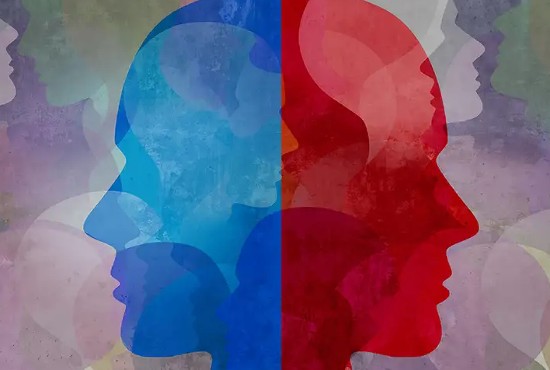Animals all over the planet are adapting to their changing environments. Whether it is Arctic Hares going from winter white to summer brown, or some species of whales getting smaller as food supplies are increasingly compromised, we are witnessing evolution occurring at high speed.
Charles Darwin described how natural selection (he didn’t use the word evolution until many later editions of his Origin of the Species) occurred leading to the emergence of new versions of species taking many generations and conceivably hundreds to thousands of years. What Darwin didn’t get right was how much time was needed for one or more new species to emerge.
Consider this. Several hundred thousand years ago many different human species lived on our planet. In the competition for food and the other necessities of life, Homo Sapiens emerged as the dominant species. Homo Sapiens’ dominance didn’t mean that Neanderthals, Denisovans, and earlier species like Homo Erectus didn’t live on, because they did. Today, the DNA of Neanderthals and Denisovans is in us. As climate change alters the appearance and behaviour of species around the planet, it is likely doing the same to us as we physically adapt to a hotter, drier world.
Although our ancestors first emerged in the tropics, we migrated to cooler areas of the planet over thousands of years and as we did our appearance changed. For those who moved closer to the poles, darker skin was no longer needed because sunlight was weaker. Even how fat in our bodies was stored and distributed changed in different environments. These variations didn’t turn Homo Sapiens into different species. Humans came up with the term race to identify the differences. But all of us on the planet today can produce offspring regardless of race which makes all of us Homo Sapiens.
Humans today have never been more homogenous. We can travel anywhere and interact with anyone. We live in artificial environments that air-condition us when it’s hot and heat us when it’s cold. Even with the current rate of global warming which by 2100 will make many areas of the planet increasingly inhospitable, we can carry our environment with us. If we remove the cocoon, however, the environment will once more assert itself and determine our evolutionary path.
Or we can go another way. Back in 2012, I wrote about an article I read that proposed it might be easier to re-engineer humans rather than try and stop global warming or, for that matter, population growth. Today through tools like CRISPR we can alter our DNA. It may be easier to change us than try to re-engineer the planet.
The new version of our Earth-based species could be smaller so that we would need less to eat in the face of fewer resources. We could alter our DNA to make us meat intolerant, turning humans into vegans which would free up land currently used for meat and dairy farming. We could make ourselves less reproductive to control population growth. We could make ourselves more altruistic and less warlike.
If we become spacefaring, we can alter our DNA to allow us to live in microgravity environments, or to make us more adaptable to living on Mars. The new versions of humans who leave Earth may become evolve into many new species designed for exotic environments, and no longer Homo Sapiens.









